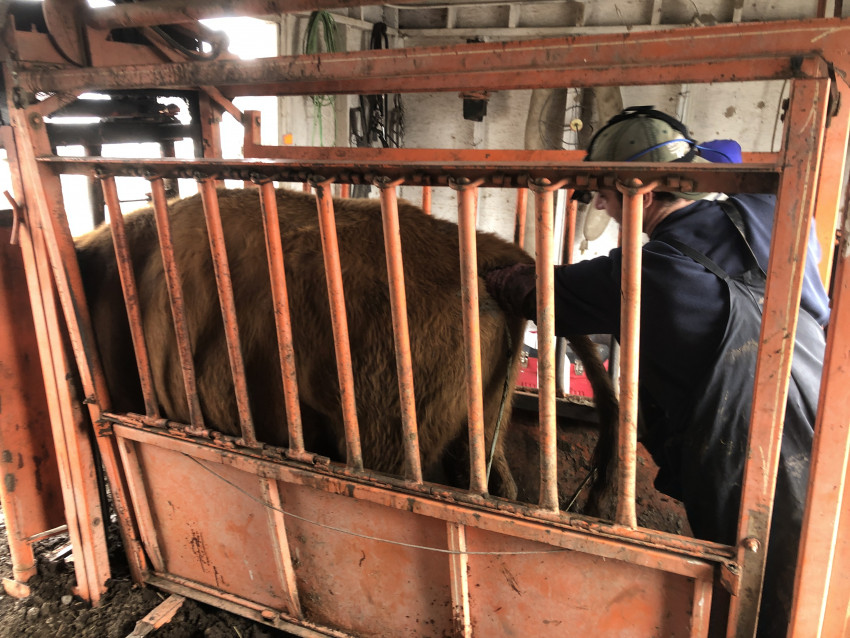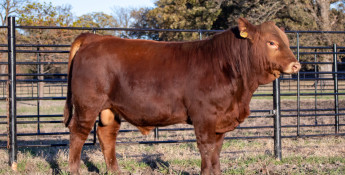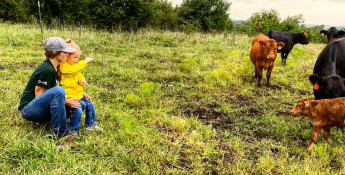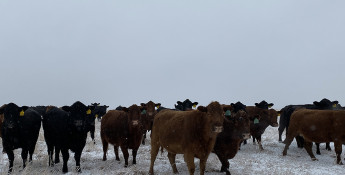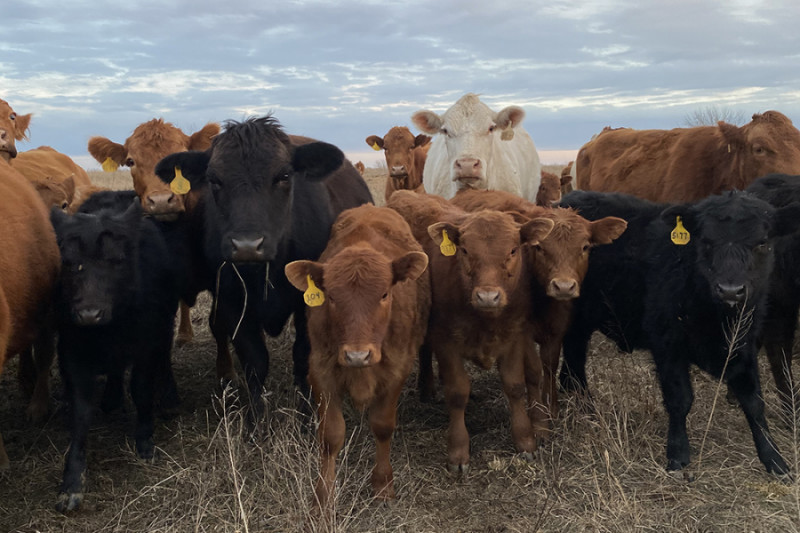By Brandi Buzzard on March 18, 2021
Predicting New Arrival Dates on the Ranch
How a rancher knows when a new baby is coming
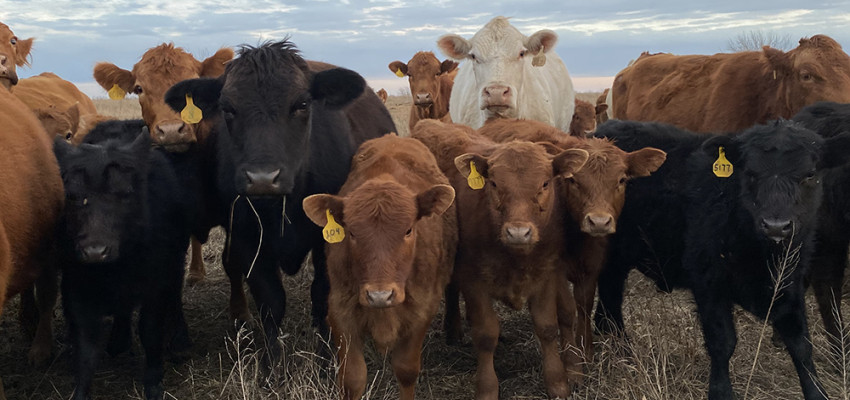
A few months ago, the work on our ranch was focused on breeding our cows to their “match made in data” bulls, which involved math, science, planning, hormones and even a little bit of luck. Earlier this week, we finally found out how much of that effort came to fruition when we pregnancy-checked (or preg-checked) all the breeding-aged females in our herd.
Preg-checking is exactly as it sounds – we, along with our veterinarian, evaluate the cows to determine two things: 1) whether or not they are pregnant and 2) to which sire they are likely bred. The first is the easiest because we are simply checking for the presence of a calf fetus, but the second objective can get a bit tricky.
To determine if a cow is pregnant, we will load her into a squeeze chute, which is a low-stress method of restraint to keep her still while she is safely evaluated. Once she is in the chute, the veterinarian dons a plastic glove the length of his arm and manually checks the cow for the presence of a fetus in her uterus while using an ultrasound probe. The probe not only allows him to detect the calf, but also to determine how far along the pregnancy is – he is accurate within two weeks! Generally, the answers we get are in the time frame of 90 days, 100 days, 114 days, etc. And since we know the length of gestation for cows is ~280 days (the same as humans) we can predict the calving date for all the cows in our herd. For example, a cow that was staged at 100 days on March 16 will be due to calve approximately Sept. 16. Our ideal calving season is late August through late October, so when we have cows falling in that time frame, we are very happy ranchers.
Once we know the due date, we can make a reasonable assumption as to the sire of the calf. Since we artificially inseminate (AI) and implant embryos at least 30 days before we turn the bulls out in the fall, we know the cows that are supposed to be bred via AI or with an embryo are due before Sept. 15. Anything that calves after that date is, in all likelihood, bred to the herd sire that was turned out with the cows. One herd sire can breed approximately 25-30 cows, so based on our herd size we have a handful of bulls that are turned out in separate pastures with groups of 25-30 females. By keeping the bulls with small breeding groups, we limit the amount of uncertainty associated with the breeding process. Furthermore, we will test the parentage of all the purebred calves with a blood test so we can be 100 percent certain which bull is the sire. This parentage guarantee strengthens our ability to market our cattle to our customers based on their genetic merit.
As with all activities on the ranch, there are some instances where things don’t go as perfectly as we hope – for example, a cow in which we implant a valuable embryo doesn’t take and is instead bull bred. However, by carefully managing our cattle and planning our mating decisions this way, we are doing our best to increase our chances for genetic success.


